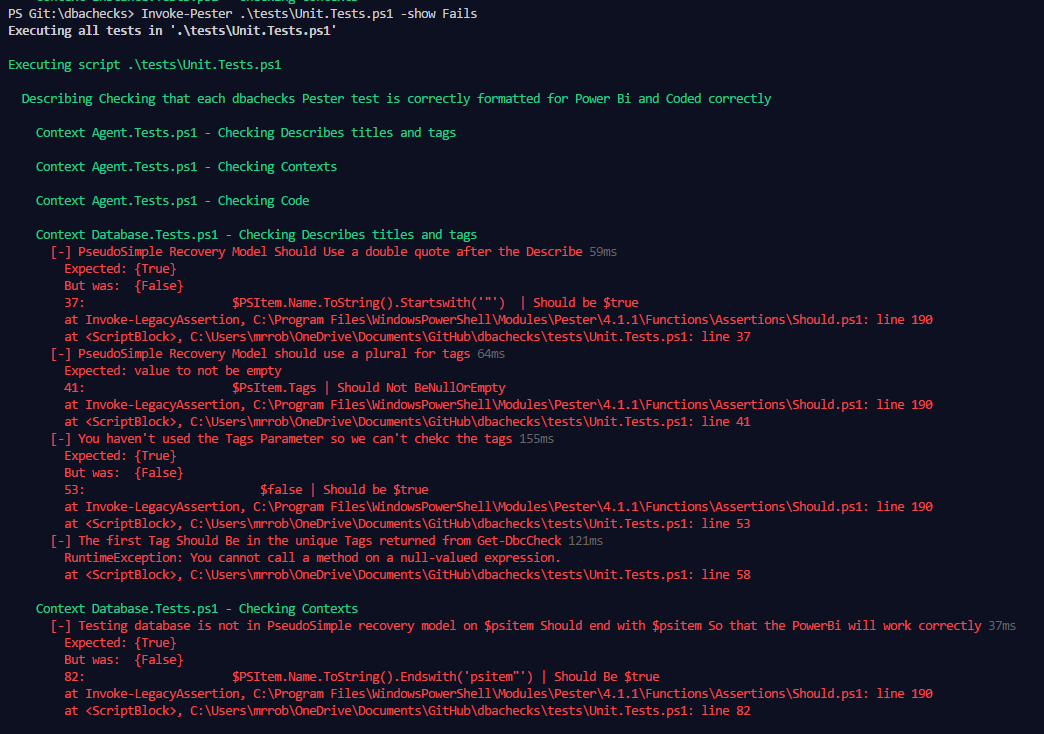

$r = Invoke-RestMethod ''įrom a PowerShell prompt, I can get an object that will fit in nicely with my weather function. Reading the page, I learn that I can also use a zip or postal code. It would be nice if the API had filtering options, but it doesn’t, so this will have to do. Select-Object Name,Admin1,Admin2,Admin3,Country,Latitude,Longitude,Timezone The resulting object has the information I need for my weather function. Searching for Omaha updates the URL which I know I can use with Invoke-RestMethod. įollowing this link takes me to a page with a form that generates an API URL. In the navigation panel, there is a link for Geocoding. If I want to get current weather conditions for Omaha, Nebraska, how can I make this as easy as possible for the user? I found my answer on the weather API page. The last major part of my function is being able to get latitude and longitude for the API. If you wait to write the test until your function is complete, odds are, you won’t. The size of the file grew organically as I developed my function. It would be daunting to think about writing it all at once. My current test is over 240 lines of code. My suggestion is to write your Pester tests as you write your code. With each iteration of the function, re-running the Pester test validates that nothing was broken with the latest change.
#Invoke pester code
We started with a simple fixture, wrote tests, and then code to pass the test. The value of the Pester test is that not only does it validate that your code works, but it will always work. We also have a Pester test to validate the code. If you’ve been following along at home, we have a working function to get current weather conditions using the free Open-Meteo API. While the destination may be fun and interesting, it is the journey that matters. Hopefully, you are also picking up a scripting trick or two.
#Invoke pester how to
You should be learning how to write basic Pester tests for your scripts. In the case of this series, you should be learning how to build a tool around a web API. You should be able to apply the techniques and concepts I’m using to your own PowerShell work. As with much of my content, the goal isn’t the end product. Tests.ps1 in order for Invoke-Pester to run themĬloud-Automation-101 is maintained by MarkWarneke.I hope you have been enjoying this series and are learning. Thanks Kirk Munro: Become a PowerShell Debugging Ninja General TipsĪll Pester test scripts must end with. # Stack Trace of Error of latest Error Message # List All Error Members of latests Error Message Sort-Object -Property Count -Descending |įormat-Table -Property Count, Name -AutoSize The last Error will be stored in $Error as the variable is an array of errors. # PowerShell saves all Errors in $Error VariableĪfterwards you will have a clean Error history in the Error variable that you can look into.

PowerShell will save the errors into the Global Variable Error $Global:Errorīest practice should be to clear the error variable in the active PowerShell session before each Pester run. Describe 'Notepad' ĭepending on the amount of errors you can drill into the erros after the tests completion. You can use the Pipe "|" and Should function to test the output. Code\Pester\Test-Division.ps1Įxample of how to do assertions.

You can also invoke your test by running Invoke-Pester $Path.
#Invoke pester install
Link to Pester Install Pester Install-Module -Name Pester -Force -SkipPublisherCheck Pester is the ubiquitous test and mock framework for PowerShell. Levels, Unit, Integration, System, Acceptence Unit Test
#Invoke pester software
Cloud Automation Software Testing Table of content


 0 kommentar(er)
0 kommentar(er)
